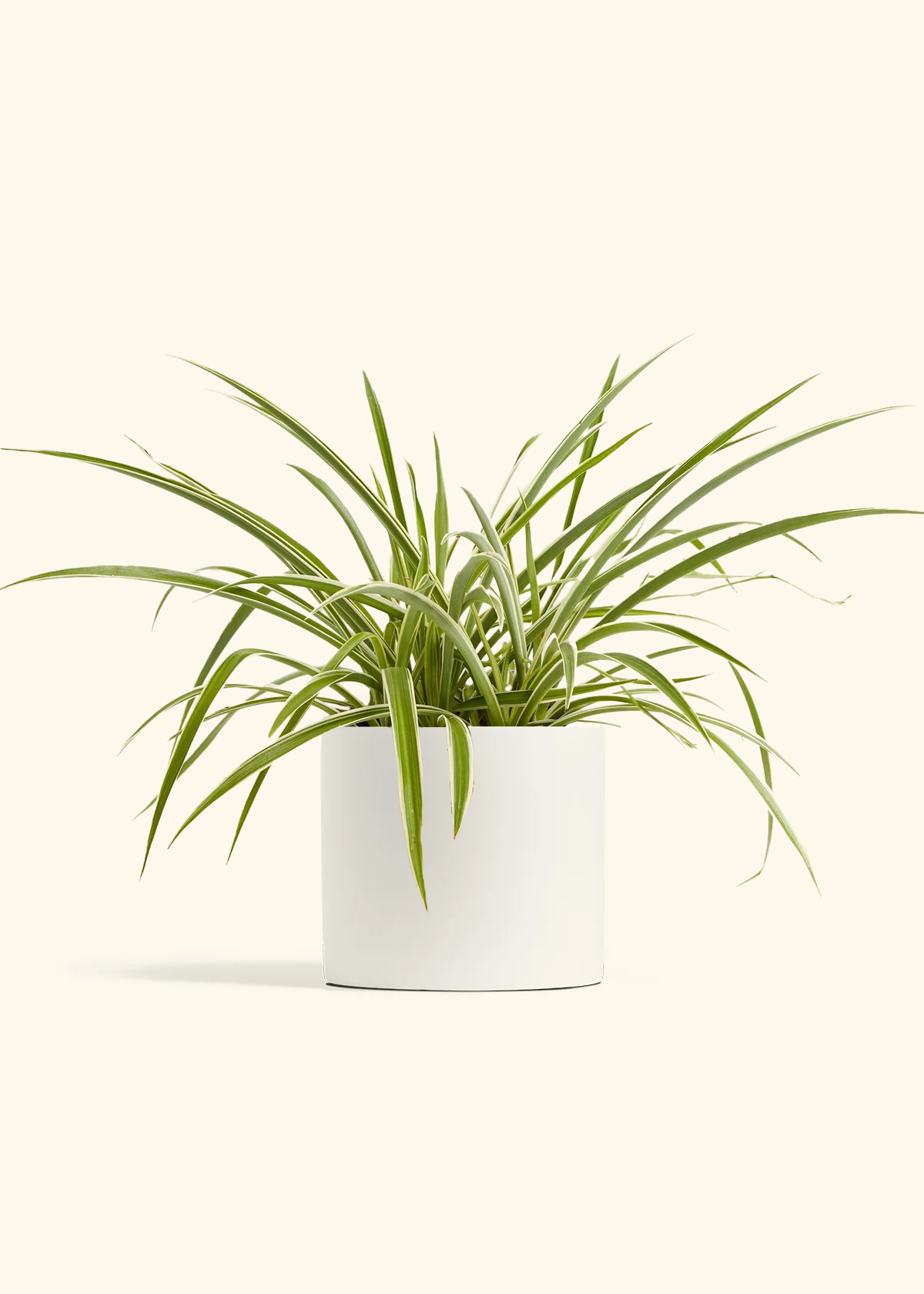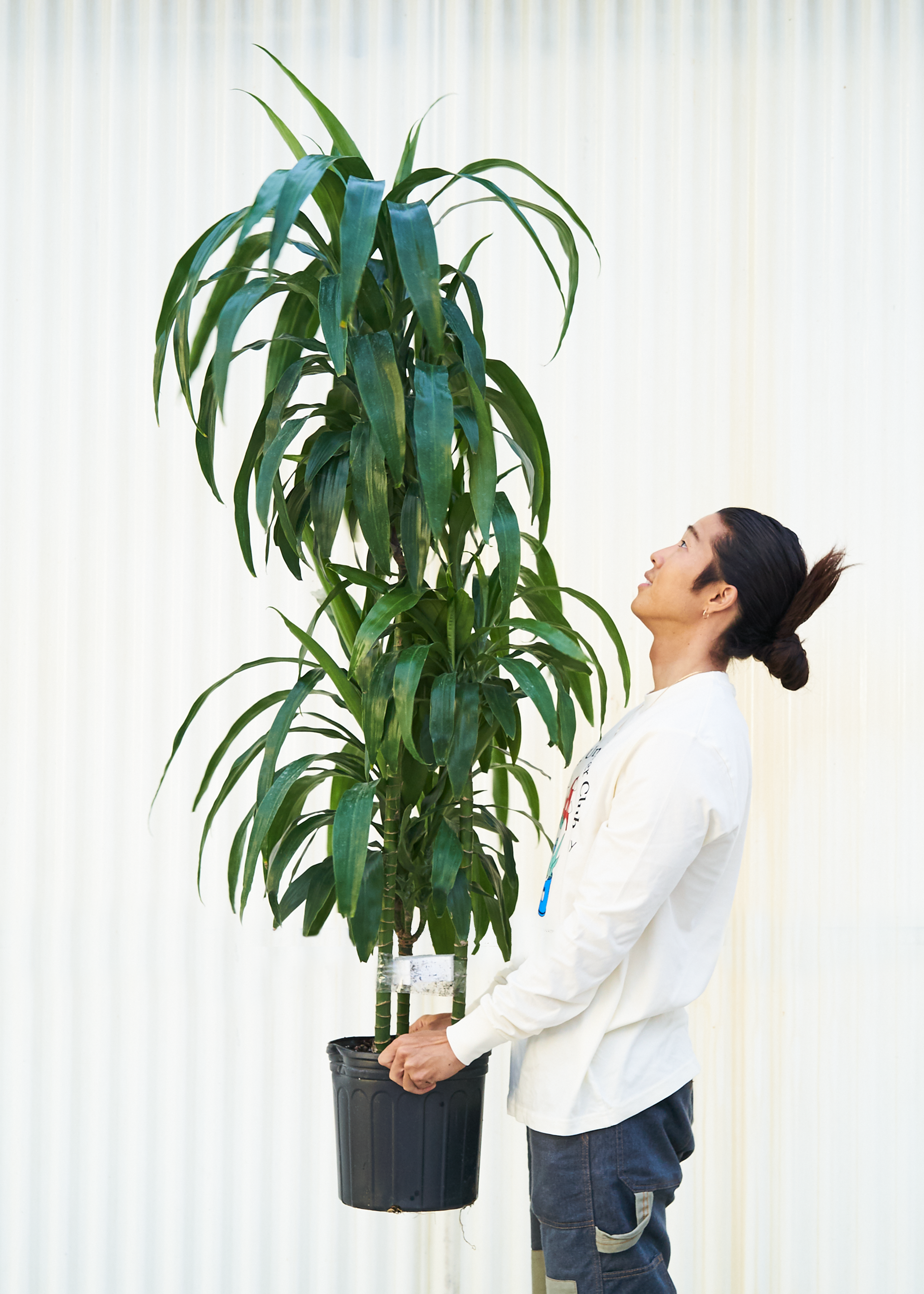Say it with a plant (and a personalized note)
This form lets you add a message to your gift and schedule when to send it. Perfect for every “I love you,” “thank you,” or “sorry I killed your last plant.”
Your cart





Plant heights are measured from the bottom of the nursery pot.


4"-7" height


6"-18" height


10" to 24" height


1.5-3' height


2-3.5' height


In the (very) rare case you receive a damaged plant, our 14-day guarantee has you covered. We send replacements right away, and also share tips on how to revive any damaged foliage!